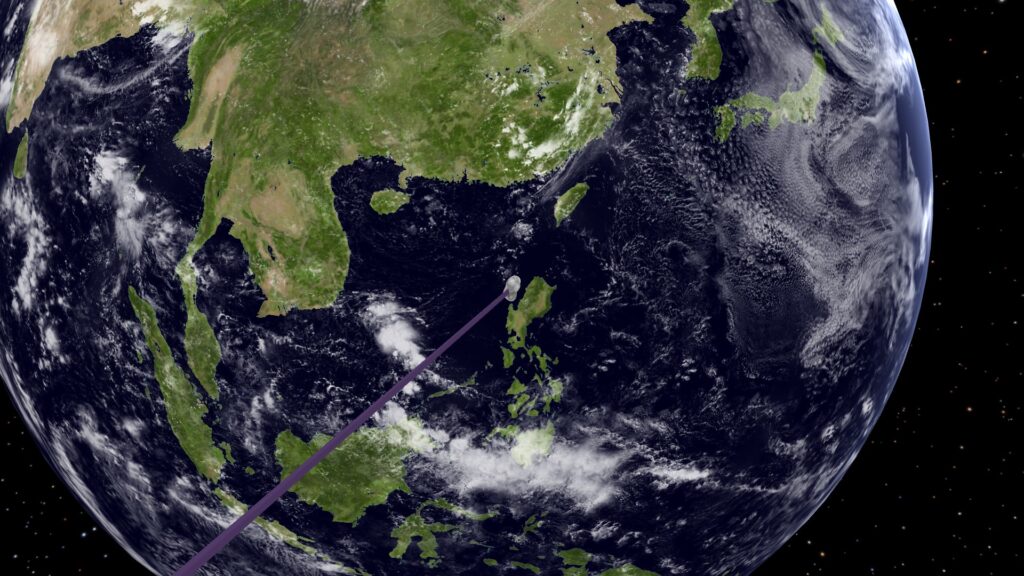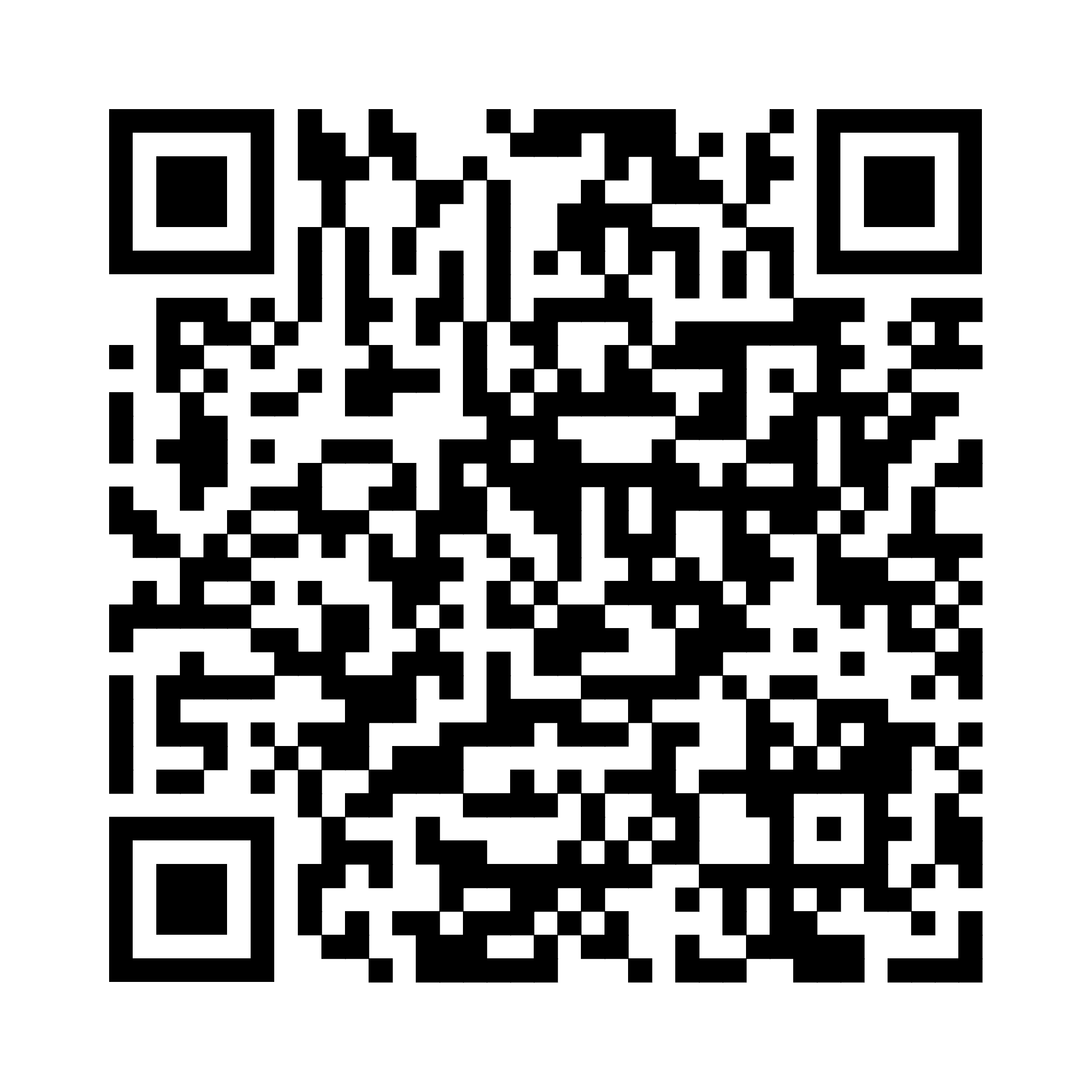This publication is a continuation of the video about the asteroid Kamoʻoalewa, quasi-satellite of the Earth. In the animation dated April 25, 2023, its trajectory relative to the Earth was shown in detail at the present time and in the coming decades. This video will show the evolution of its orbit over several centuries.
The period of Kamoʻoalewa revolution around the Sun is very close to the period of the Earth, which is equal to one year. In the first half of the 19th century, the asteroid was far from Earth and orbited in 362 days, moving further away from it. If we consider Kamoʻoalewa trajectory relative to the Earth, it seems that the asteroid rotates at a great distance around our planet, although in fact it moves in its orbit around the Sun.
By the middle of the 19th century, there was a maximum expansion of the trajectory, when the Earth and the asteroid were on opposite sides of the Sun. Since the second half of the 19th century, the trajectory began to gradually decrease as the asteroid caught up with our planet from the other side. Since the beginning of the last century, when Kamoʻoalewa and the Earth approached, the asteroid began to move relative to our planet along a very bizarre trajectory. The values of the asteroid’s semi-major axis (a) and the period of its orbit (in years) now began to fluctuate around 1.0. As Kamoʻoalewa approached the Earth, it fell under its gravitational influence and found itself in orbital resonance with it. Our planet has been holding an asteroid close to itself for more than a century. And it will continue to hold it for the next three centuries.
However, the Earth will never be able to completely capture this asteroid and make it its full-fledged satellite. According to my calculations, after about 300 years, the Kamoʻoalewa trajectory will begin to expand again. The asteroid’s orbital period will decrease again to 362 days, and it will begin to move away from Earth. In another 100 years, the Earth and Kamoʻoalewa will again be on opposite sides of the Sun. Kamoʻoalewa trajectory relative to the Earth will look like an almost perfect circle. Moreover, the Earth will be in the center of this circle. A similar trajectory of Cruithne (another quasi-satellite of the Earth) looks like a deformed bicycle wheel.
By the middle of the 25th century, Kamoʻoalewa will have to approach the Earth again. And our planet will probably be able to hold the asteroid next to it for a long time again.
Modeling and rendering were performed by author of this publication using own software. The calculations took into account the mutual influence of the Sun, all the planets of the Solar System, the Moon and the asteroid on each other. Relativistic effects were also taken into account in the calculation.
This video is dedicated to my dear mother, who recently left this world.
The track Bittersweet by Mr Smith sounds in this video. This track was not changed. CC BY 4.0 DEED (Attribution 4.0 International) license.





